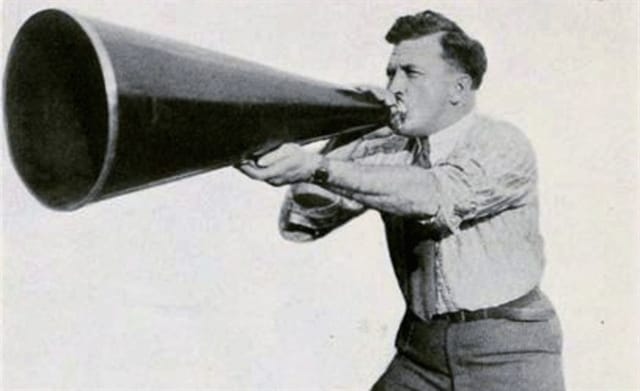Everywhere from the bible (Matthew 6:2) to Kanye West (in “Nickels and Dimes”), the conventional wisdom favors doing your giving anonymously. We are told that being public about donations is tacky or self-aggrandizing –“are you doing it for the cause or for yourself?” In reality, the reverse is true. If what you ultimately care about is the impact, not the narrative, you should be communicating more about your generosity, not less.
If you’ve donated anonymously, it was probably because you genuinely cared about the cause, and would hate to be perceived as showing off. In fact, you may even have chosen anonymity to prove to yourself that you are truly giving for the sake of others, and eliminate the creeping doubt that you might be doing it to look good. These are not, on the face of it, bad reasons for donating anonymously. But it’s very clear that they have nothing to do with impact. Families who received free bed nets to protect them from malaria honestly don’t care if your donation was anonymous.
This would be no problem if anonymity had no effect either way on impact. But actually there is plenty of evidence that visible giving increases your impact. Bill Gates, by being extremely public about his plans to donate 95% of his $80 billion fortune to public health and education charities, has launched a global conversation among billionaires about giving. To date, Bill & Melinda Gates’s public Giving Pledge campaign has inspired 128 billionaires to pledge half their wealth to charitable causes. Though the results may not be as spectacular, exactly the same mechanism works for you: talking about giving in an open way can inspire a positive conversation among your friends and family – not just about how much to donate, but also how to donate effectively.
Creating this culture of generosity is crucial. A number of psychological studies (for example here and here and here) find that one of the biggest factors in explaining how likely a person is to donate to a nonprofit is what they believe others are doing. People are also looking for social cues to decide how much to donate. In one experiment, Rachel Croson asked students how much they would donate to a local public radio station and manipulated the questionnaires to prime the participants with lower or higher numbers about what one other member had donated. They were then asked to estimate the average donation as well as how much they would donate themselves. Those presented with the higher number estimated the average donation to be 40% higher, and they themselves donated $25 instead of $20 on average.
The focus on not being pretentious is a distraction from the goal of impact. Although tradition has engrained in us the vague instinct that helping others implies stepping out of the spotlight, what we really care about is making a difference. Time and again, when asked why they donated time or money to a humanitarian cause, people say “to make a difference” – in other words, impact! Now we know that communicating about your giving increases your impact. So drop the counterproductive modesty; next time you donate, tell your friends. And if you would like to make a more regular commitment, why not put it out in the open with The Life You Can Save’s very own giving pledge?



